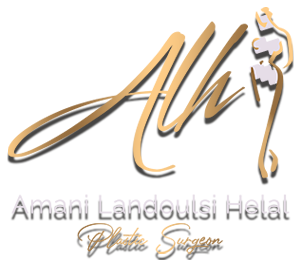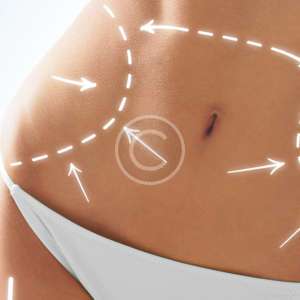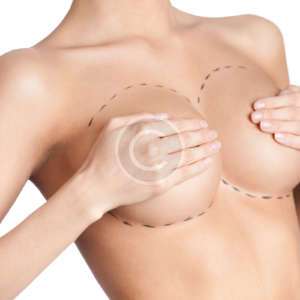
Rhinoplasty, sometimes referred to as a « nose job » or « nose reshaping » by patients, enhances facial harmony and the proportions of your nose. It can also correct impaired breathing caused by structural defects in the nose.
Consultation
Your surgeon will explain in detail the risks associated with surgery. You will be asked to sign consent forms to ensure that you fully understand the procedure and any risks or potential complications.
- Your surgical goals, with regard to both appearance and breathing
- Medical conditions, drug allergies and previous medical treatments
- Current medications, vitamins, herbal supplements, alcohol, tobacco and drug use
- Previous surgeries
- Evaluate your general health status and any pre-existing health conditions or risk factors
- The options available to you for nose reshaping
- Examine and measure your face
- Take photographs
- Discuss your nose surgery options
- Recommend a course of treatment
- Discuss likely outcomes of a nose surgery and any risks or potential complications
It’s very important to understand all aspects of your rhinoplasty procedure. It’s natural to feel some anxiety, whether it’s excitement for your anticipated new look or a bit of preoperative stress.
Procedure
Rhinoplasty requires local anaesthesia with sedation or general anaesthesia, depending on how complex your surgery is and what your surgeon prefers.
Rhinoplasty is performed either using a closed procedure, where incisions are hidden inside the nose, or an open procedure, where an incision is made across the columella, the narrow strip of tissue that separates the nostrils.
Through these incisions, the skin that covers the nasal bones and cartilages is gently raise. Your surgeon can change the shape of your nasal bones or cartilage in several ways, depending on how much needs to be removed or added, your nose’s structure, and available materials. For small changes, the surgeon may use cartilage taken from deeper inside your nose or from your ear. For larger changes, the surgeon can use cartilage from your rib, implants, or bone from other parts of your body. After these changes are made, the surgeon places the nose’s skin and tissue back and stitches the incisions in your nose.
If the wall between the two sides of the nose (septum) is bent or crooked (deviated), the surgeon can also correct it to improve breathing
- Nose size in relation to facial balance
- Nose width at the bridge or in the size and position of the nostrils
- Nose profile with visible humps or depressions on the bridge
- Nasal tip that is enlarged or bulbous, drooping, upturned or hooked
- Nostrils that are large, wide, or upturned
- Nasal asymmetry
Risks
Is it safe ?
Rhinoplasty surgery risks include
- Anaesthesia risks
- Infection
- Poor wound healing or scarring
- Change in skin sensation (numbness or pain)
- Nasal septal perforation (a hole in the nasal septum) is rare. Additional surgical treatment may be necessary to repair the septum, but it may be impossible to correct this complication
- Difficulty breathing
- Unsatisfactory nasal appearance
- Skin discoloration and swelling
- Possibility of revisional surgery
However rare they might be, it is important to be aware of potential complications before you decide to have the surgery. Most patients have a very satisfactory result following the blepharoplasty procedure.
Is it painful ?
Most patients report discomfort rather than pain. You may feel a dull ache around the nose the first night after surgery, but the discomfort will reduce significantly after that
Pain at any intensity will usually last for only 36 to 72 hours but may last longer if the nose is manipulated or bumped. Your nose may remain tender or sensitive to touch, however, for up to three months.
recovery
During your rhinoplasty recovery, a splint and/or packing may be placed inside your nose it will be removed after 48h and a splint or bandages placed on the outside to support and protect the new structures during initial healing will be removed after 7 days.
While initial swelling subsides within a few weeks, it may take up to a year for your new nasal contour to fully refine. During this time, you may notice gradual changes in the appearance of your nose as it refines to a more permanent outcome.
Swelling may come and go and worsen in the morning during the first year following your rhinoplasty surgery.
You will be given specific instructions that may include:
- How to care for the surgical site
- Medications to apply or take orally to aid healing and reduce the potential for infection
- Specific concerns to look for at the surgical site or in your general health
- When to follow up with your plastic surgeon.
results
You should expect to see the initial, obvious post-surgical effects generally subside somewhere between two to four weeks after surgery. Most patients are ready to return to work within two weeks; any residual bruising can be covered with concealer or bronzer. The final stage involves watching your rhinoplasty results come to fruition as you complete the healing process. At about three months, most people see what could be called a “semifinal” result, and most of the swelling will disappear.
It isn’t until a full year after surgery, around 12-14 months, that nose reshaping results are truly definitive; most casual observers will not notice much change during the final few months.
Things to keep in mind
- Some doctors will tell you that your voice may change due to rhinoplasty – if done correctly that is NOT true!” It probably won’t change your voice if you go to the right, experienced doctor.
- Sleeping with 2 pillows after surgery is a good idea. Keeping your head elevated post-rhinoplasty is a good idea to reduce night-time swelling. The two-pillow technique is one of the easiest and most effective ways to help keep recovery time on track in the first few days following a rhinoplasty procedure.







